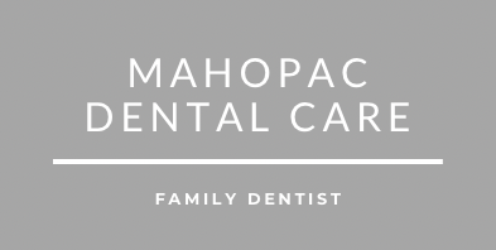Have Jaw Joint Pain, TMD or TMJ?
The temporomandibular joint (TMJ) is the area directly in front of the ear on either side of the head where the upper jaw (maxilla) and lower jaw (mandible) meet. Within the TMJ, there are moving parts that allow the upper jaw to close on the lower jaw. This joint is a typical sliding “ball and socket” that has a disc sandwiched between it. The TMJ is used throughout the day to move the jaw, especially in biting and chewing, talking, and yawning. It is one of the most frequently used joints of the body.
The temporomandibular joints are complex and are composed of muscles, tendons, and bones. Each component contributes to the smooth operation of the TMJ. When the muscles are relaxed and balanced and both jaw joints open and close comfortably, we are able to talk, chew, or yawn without pain.
We can locate the TMJ by putting a finger on the triangular structure in front of the ear. The finger is moved just slightly forward and pressed firmly while opening the jaw. The motion felt is from the TMJ. We can also feel the joint motion if we put a little finger against the inside front part of the ear canal. These maneuvers can cause considerable discomfort to a person who is experiencing TMJ difficulty, and doctors use them for making the diagnosis.
What are TMJ disorders, and what are causes of TMJ disorders?
TMJ disorders are a group of complex problems of the jaw joint. TMJ disorders are also sometimes referred to as myofascial pain dysfunction and Costen’s syndrome. Because muscles and joints work together, a problem with either one can lead to stiffness, headaches, ear pain, bite problems (malocclusion), clicking sounds, or locked jaws. The following are behaviors or conditions that can lead to TMJ disorders.
- Teeth grinding and teeth clenching (bruxism) increase the wear on the cartilage lining of the TMJ. Those who grind or clench their teeth may be unaware of this behavior unless they are told by someone observing this pattern while sleeping or by a dental professional noticing telltale signs of wear and tear on the teeth. Many patients awaken in the morning with jaw or ear pain.
- Habitual gum chewing or fingernail biting
- Dental problems and misalignment of the teeth (malocclusion). Patients may complain that it is difficult to find a comfortable bite or that the way their teeth fit together has changed. Chewing on only one side of the jaw can lead to or be a result of TMJ problems.
- Trauma to the jaws: Previous fractures in the jaw or facial bones can lead to TMJ disorders.
- Stress frequently leads to unreleased nervous energy. It is very common for people under stress to release this nervous energy by either consciously or unconsciously grinding and clenching their teeth.
- Occupational tasks or habits such as holding the telephone between the head and shoulder may contribute to TMJ disorders.
Our team of caring professionals understand your anxiety with dentistry, especially when an unexpected emergency occurs. We will treat you with the utmost care and compassion from the beginning to the end of your treatment. Call Mahopac Dental Care, at 845-628-8196, for all of your dental needs.
